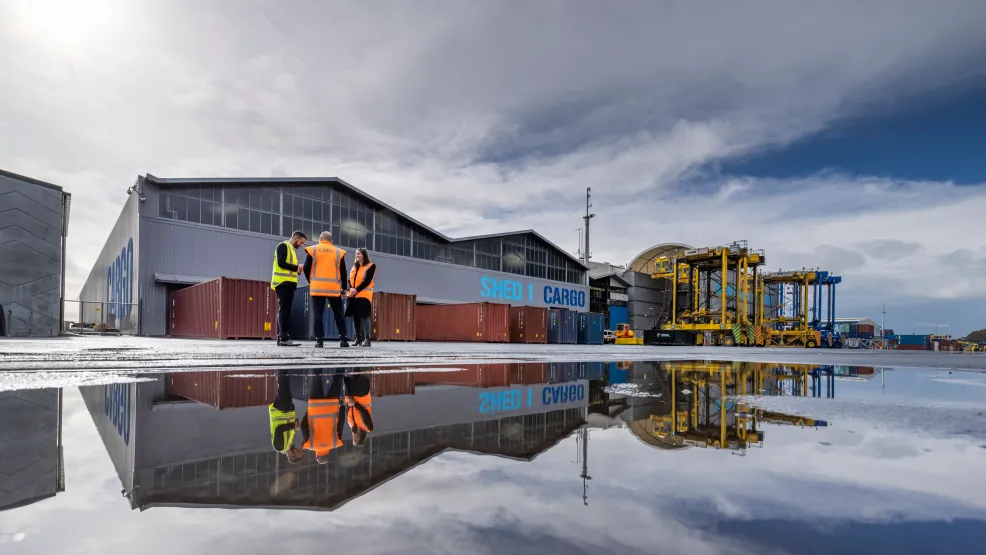Holcim Announces New Low Carbon Cement Replacement Facility
Holcim New Zealand today announced that it will construct and operate a new facility in Auckland. CEO George Agriogiannis confirmed Holcim will import and distribute lower carbon cement replacement products, which will enable a reduction of construction-related embodied carbon.
“I’m pleased Holcim is progressing to the building phase of a facility that will import and distribute low carbon cement replacement products. Once operational, the site will enable reduction of carbon emissions via a cement replacement which can be used for applications such as infrastructure, commercial and residential projects. This initiative is a positive step toward the New Zealand government’s Zero Carbon ambitions and Holcim’s Net Zero climate pledge,” said Mr Agriogiannis.
The facility will be adjacent to the company’s existing cement import terminal at Ports of Auckland. At peak operation the site is expected to enable replacement of just under 100,000 tonnes of Ordinary Portland Cement, which will substantially reduce greenhouse gas emissions. Annually, this is the equivalent of removing approximately 78,000 tonnes of carbon dioxide (CO2) or 40,000 cars*.
Carbon reduction benefits
Local Holcim representative Kevin Larcombe, Executive General Manager, New Zealand, confirmed the site will operate to maximise potential carbon reduction benefits.
“The new facility will be located within the Waitematā Port Precinct to enable efficient direct distribution to the market. By late 2022 construction is expected to be complete and the site fully operational,” said Mr Larcombe.
Concrete is the most commonly used building material in the world and a key component is cement, which has high embodied carbon due to its manufacturing process. Currently, every year around 1.6 million tonnes of traditional cement is used in New Zealand, equivalent to approximately 1.3 million tonnes of CO2. By replacing cement with a product which has lower embodied carbon, but similar properties, construction-related embodied carbon can be significantly reduced.
Holcim is delivering lower carbon solutions in New Zealand and abroad, empowering customers to become more sustainable. Leading the way in green construction, Holcim was the first global building materials company to sign the United Nations Global Compact “Business Ambition for 1.5°C“ initiative, with 2030 targets validated by the Science Based Targets initiative (SBTi). Holcim recently announced its 2050 goals, the first long-term targets in the building materials sector to be validated by SBTi.
*Calculation of car emissions data sources:
New Zealand Travel Survey (Ministry of Transport) & Measuring Emissions (Ministry for the Environment)









